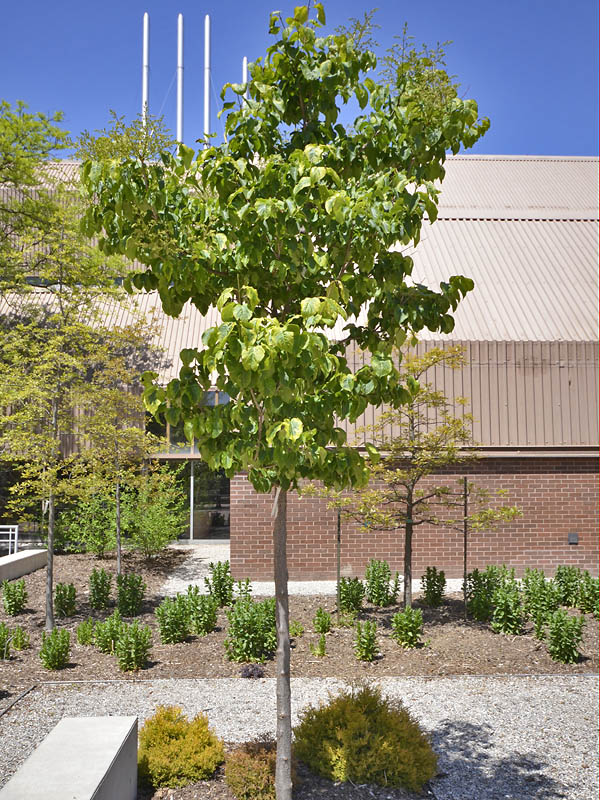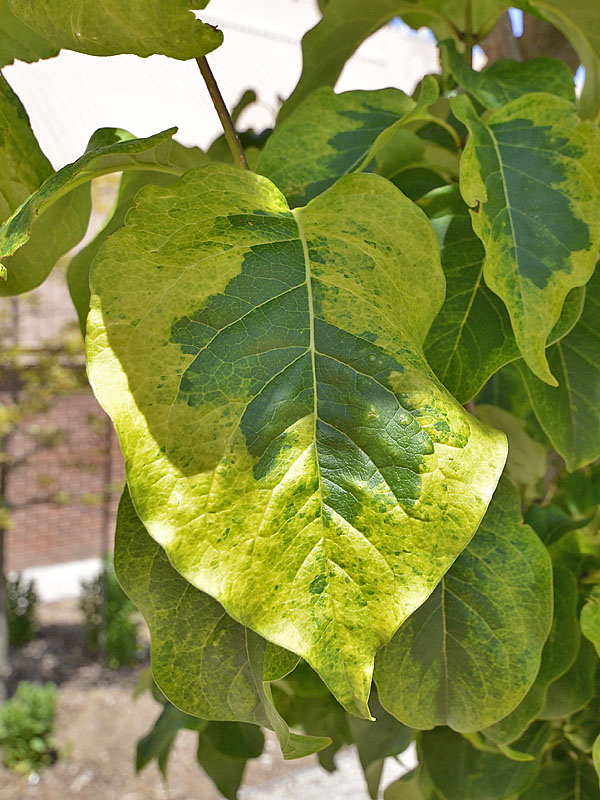
Woody > Syringa > Syringa reticulata > Syringa reticulata 'Golden Eclipse'
Syringa reticulata
'Golden Eclipse'
Golden Eclipse Tree Lilac
Mike's
Opinion


"
Golden Eclipse is a beautiful tree that can be used as a street tree or planted in groups. This 6 - 10 m tall tree has beautiful creamy white flowers that bloom in June for approximately 2 weeks.
Michael Pascoe, NDP., ODH., CLT., MSc. (Plant Conservation)
"
| Family |
| Oleaceae |
| Genus |
| Syringa |
| Species |
| reticulata |
| Cultivar |
| 'Golden Eclipse' |
| Category |
| Woody |
| Type |
| Tree (deciduous) |
| USDA Hardiness Zone |
| 3 - 7 |
| Temperature (°C) |
| -40 - 5 |
| Temperature (°F) |
| -40 - (-10) |
| Height |
| 6 - 10 m |
| Spread |
| 3 m |
Photographs
Description and Growing Information
Flowering Period
| General Description |
| Golden Eclipse is known as a small deciduous tree or a large deciduous shrub. It has dark green leaves with clusters of creamy white flowers in June. The fruit is warty and glabrous. It also has cherry-brown to brown branches. |
| Landscape |
| It is a fantastic specimen tree, street tree, and is good in groups and/or near large buildings. |
| Cultivation |
| It can be grown in full sun to some afternoon shade. Although it does well in lean soils, Golden Eclipse prefers well-drained, moist soils. |
| Shape |
| An oval rounded crown. |
| Growth |
| Medium |
| Pests |
| This plant is usually free of foliage mildew. It can be attacked by stem borers and scale insects. It can also get leaf blights. |
| Habitat |
| Horticultural origin. |
| Bark/Stem Description |
| Old and new stems are usually cherry-reddish brown to brown. The lenticels are horizontally marked, and that is a good way to tell the difference between different lilacs. The trunk becomes scaly and grey when aged. |
| Flower/Leaf Bud Description |
| Flower Description |
| The flowers are big and creamy-white that grow in clusters all over the shrub/tree. |
| Fruit Description |
| The fruit capsule is 1 - 1.5 cm long, dehiscent, glabrous, warty and scimitar shaped. |
| Colour Description |
| Brilliant green colour leaves and plain creamy white colour of flowers. |
| Texture Description |
| The bark is smooth with little rough patches on the stems. The leaves have a rough front and rough back. |
| Notable Specimens |
| The Gardens of Fanshawe College, London, Ontario, Canada. |
References


